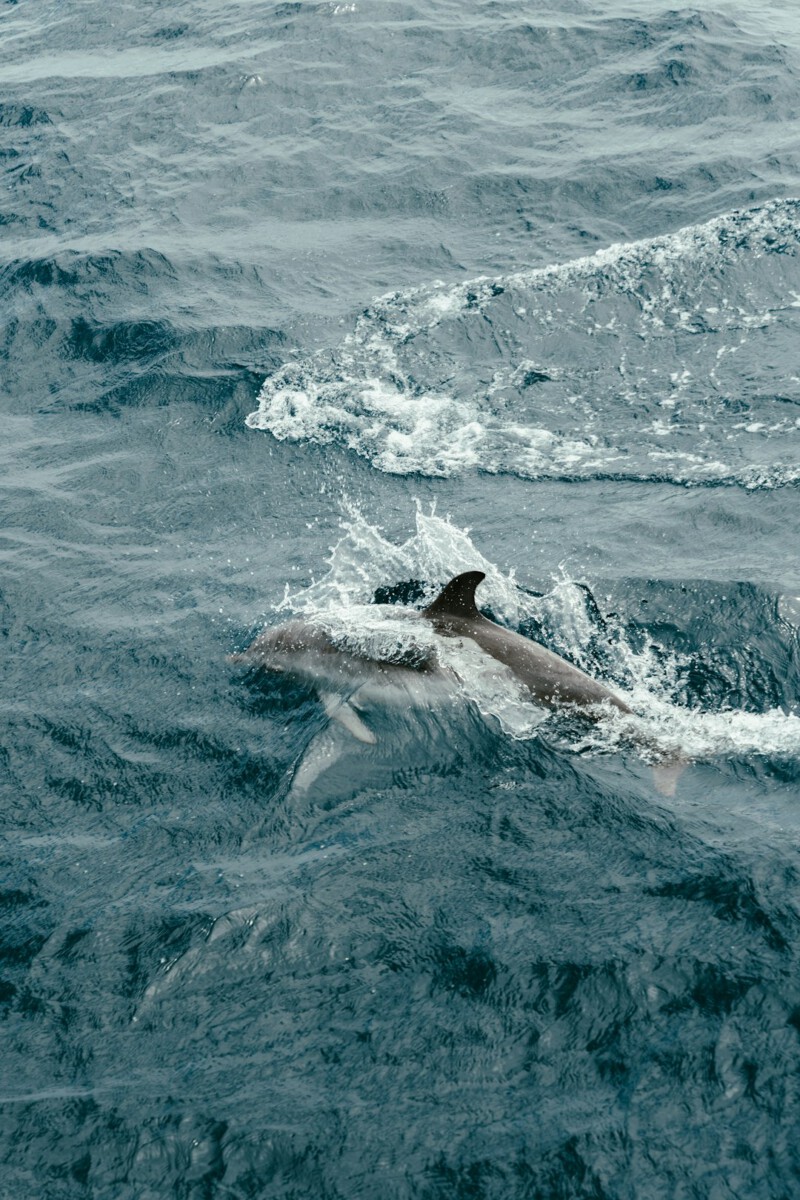The Thrilling Moment of the Hunt (Image Credits: Unsplash)
Gulf of California – In the warm, turquoise depths where sunlight filters down like scattered gold, a pod of sleek black-and-white hunters circles their unsuspecting prey with eerie precision.
The Thrilling Moment of the Hunt
Imagine this: a young great white shark glides through the water, thinking it’s the top of the food chain. Suddenly, orcas charge in, ramming it from below and flipping it belly-up in seconds. That upside-down position triggers tonic immobility, a shark’s built-in stun mode that leaves it helpless.
Researchers caught this on video twice – once in 2020 and again in 2022 – showing the whales slicing open the shark’s side to pull out its liver. The whole pod shares the prize, passing chunks around like a family meal. It’s raw, coordinated power that flips our ideas about ocean predators upside down.
These aren’t random attacks. The orcas work as a team, using speed and smarts to take down something twice their size. No wonder scientists call them the wolves of the sea.
Why Do Orcas Crave Shark Livers?
Livers pack a punch. In great white sharks, they’re loaded with squalene, an oil that’s pure energy fuel – up to 90% of the liver’s makeup. For orcas burning calories in cold hunts, it’s like hitting the jackpot.
They don’t bother with the rest of the body. Once the liver’s out, the shark carcass sinks, uneaten. It’s efficient, almost surgical, and shows how picky these top predators can be.
This preference isn’t new. Orcas worldwide target nutrient-rich organs, from whale tongues to seal blubber. But seeing it with great whites? That’s a game-changer for what we know about their diets.
Orcas: The Ultimate Ocean Strategists
Killer whales aren’t just big dolphins; they’re genius-level hunters. Pods communicate with clicks and calls, planning attacks like a sports team. In these videos, females lead the charge, herding the shark into position.
One clip even shows them blowing bubbles to scare off a nosy sea lion eyeing the leftovers. It’s not just brute force – it’s brains over brawn every time.
- Coordinated ramming to disorient the shark
- Flipping for instant paralysis
- Precise incisions to extract the liver
- Sharing the meal to bond the pod
- Deterring scavengers with clever tricks
What This Means for Great White Sharks
Great whites have few natural enemies, but orcas top that short list. These hunts hit juveniles hardest, the ones still learning to survive in shark nurseries. Warmer waters might be drawing more young sharks to the Gulf, making them easy pickings.
Scientists worry about ripple effects. Fewer great whites could mean more seals and fish, throwing ecosystems off balance. It’s a reminder that even apex predators aren’t invincible.
Still, orcas keep shark numbers in check naturally. The key is understanding these interactions to protect both species.
Behind the Lens: Scientists’ Breakthrough
Marine biologists Erick Higuera-Rivas and team filmed these hunts during surveys in the Gulf. Published in Frontiers in Marine Science this week, the footage is the first clear proof of orcas targeting great white livers here.
They spotted the same pod both times, suggesting a learned behavior passed down generations. Experts like Rebecca Wellard praise it as a window into orca intelligence.
It’s not just cool video – it’s data helping track how climate change shifts predator-prey dynamics.
Lessons from the Deep Blue
These hunts highlight the wild complexity of our oceans, where smarts trump size. Orcas remind us that nature’s balance is fragile, and human impacts like warming seas can tip it fast.
Key Takeaways
- Orcas use tonic immobility to stun sharks quickly and efficiently.
- Targeting livers shows their focus on high-energy nutrition.
- This behavior could signal bigger changes in marine ecosystems.
As we watch these powerful scenes, it sparks wonder about the unseen world below. What surprises lurk in your local waters? Share your thoughts in the comments.









